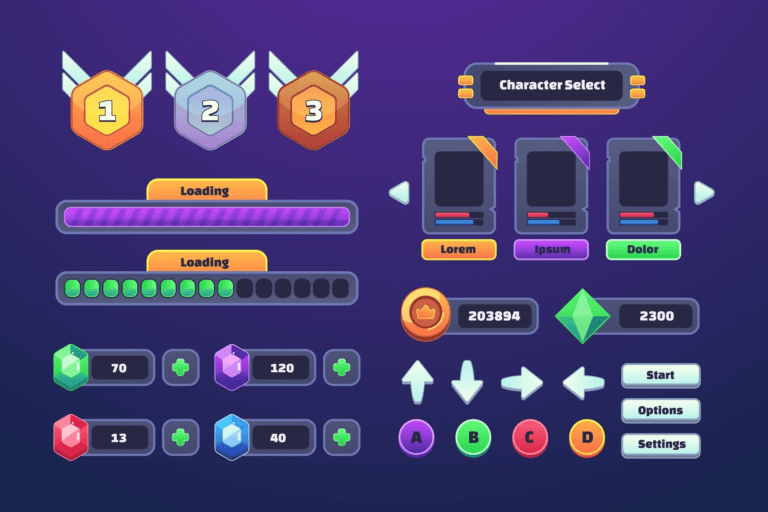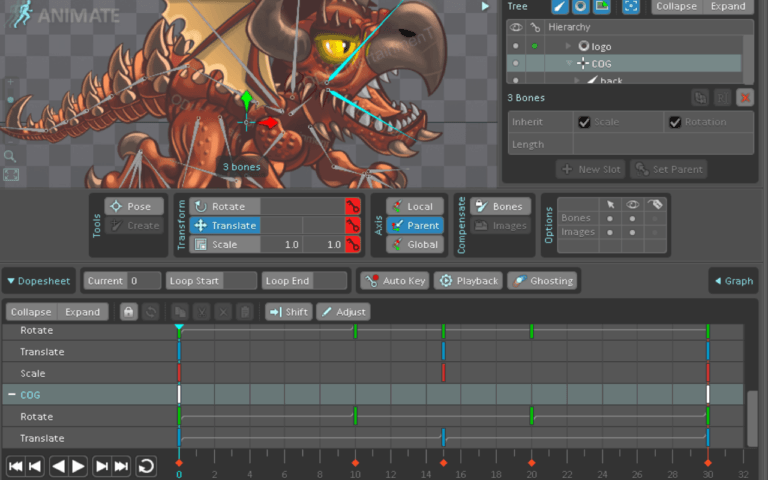To publish a game on Steam, first, create a Steamworks account and pay the $100 app submission fee. Then, complete the necessary digital paperwork, including tax and banking information, and follow the platform’s guidelines to prepare your game for submission. Once approved, you can launch your game on Steam’s marketplace. These days releasing a game on a Digital Distribution platform such as Steam is the default goal of any game developer. Even if you publish your game on a private website or through the retail method, you still need to make your game available on one of the main distribution platforms. Because that is where all your customers are.
We can write books about why it is vital to have your game published on a game Digital Distribution platform. But we believe the reasons are more or less clear to everyone, so we won’t bore you with that. The most lucrative and successful of these platforms is Valve’s Steam.
There are lengthy guides on Valve’s own website and many blogs that are meant to help you release your game on this platform. We have done this many times, and so we have put together a precise and easy-to-follow guide that includes all the important bits without the wordy formal stuff.


Need Game Art Services?
Visit our Game Art Service page to see how we can help bring your ideas to life!
1. Create a Steam Account
This better be a different account than your personal steam account, but any account will do. We recommend making a company/team account so you can easily share it with your colleagues without worry.
2. Sign-up in Steamworks and complete the form for Game Developers
You need to wait for a Steam employee to check your data and confirm it before the next steps. Steamworks is the backend for developers. You upload and manage your games here, see all the stats, and more.
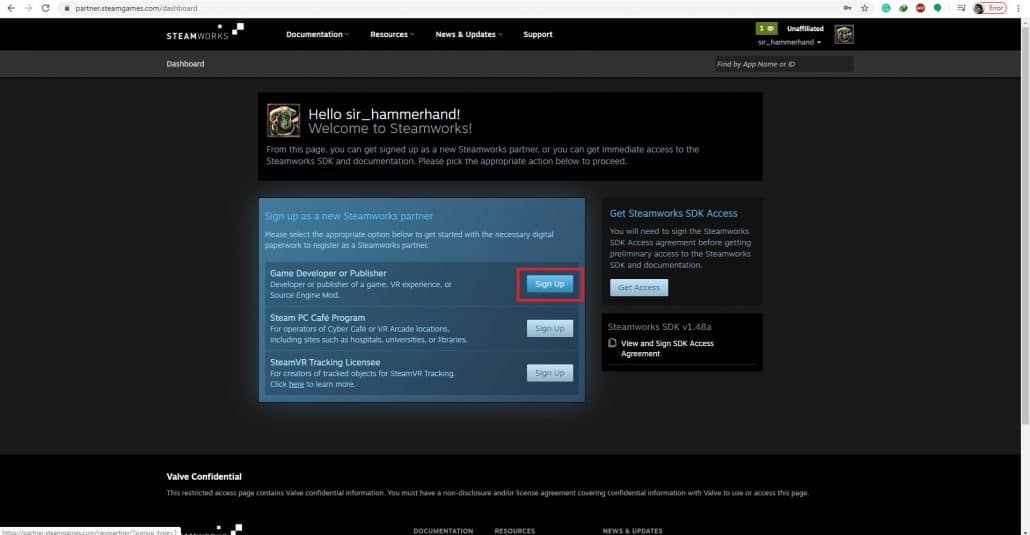
- You need to enter the publishing company legal information (Just a few fields). Or,
- You can publish the game as “Sole Proprietorship” if the game belongs to one individual and not a company.
3. Create a New Game/Project on Steamworks
Here you need to pay $100 to continue. This is just a safety measure by steam to stop people from spamming Steamworks with a lot of garbage. You get that $100 back when your game makes $1000. Neat, right?
4. Implementing Steam API in Your Game’s Game Engine
This will add Steamworks functions to the game. Features like: Achievements, Leaderboard Data, etc. are unlocked this way. Each game engine has its own API, the one for Unity is linked below:
https://github.com/rlabrecque/Steamworks.NET
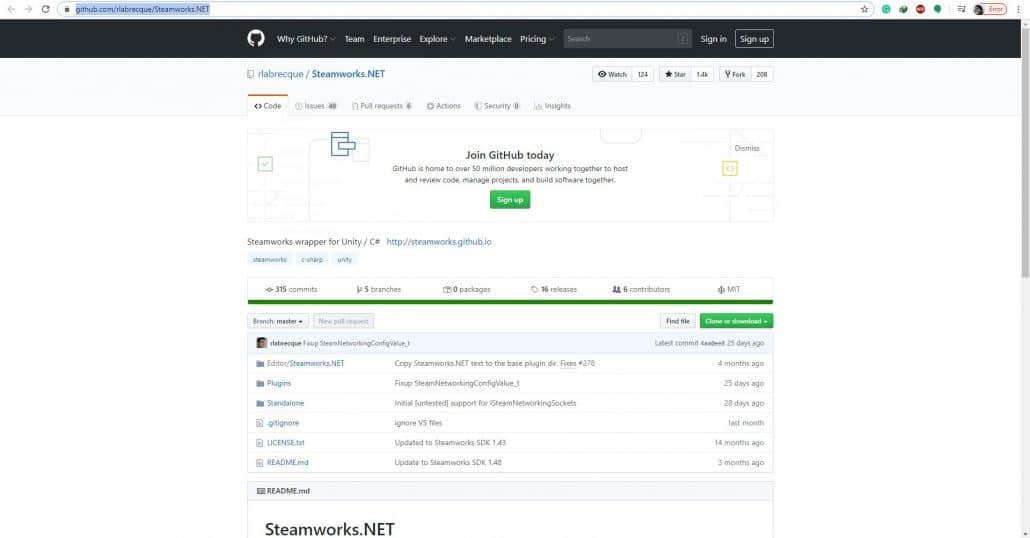
5. Uploading the Game to Steam
You need 2 tools to do this, Steam CMD and Steamworks SDK.
Steam CMD
Steamworks SDK
The game data files have to be built according to the SteamPipe content distribution system for this to work properly. This includes changing folder names and data paths, etc.
You upload your game via Steam CMD using command lines. This can be a little complicated, but the manual document does a good job of explaining everything in detail.
When you see the game name as a new package in Steamworks, it means the process is done. You do the same process when releasing updates for the game.
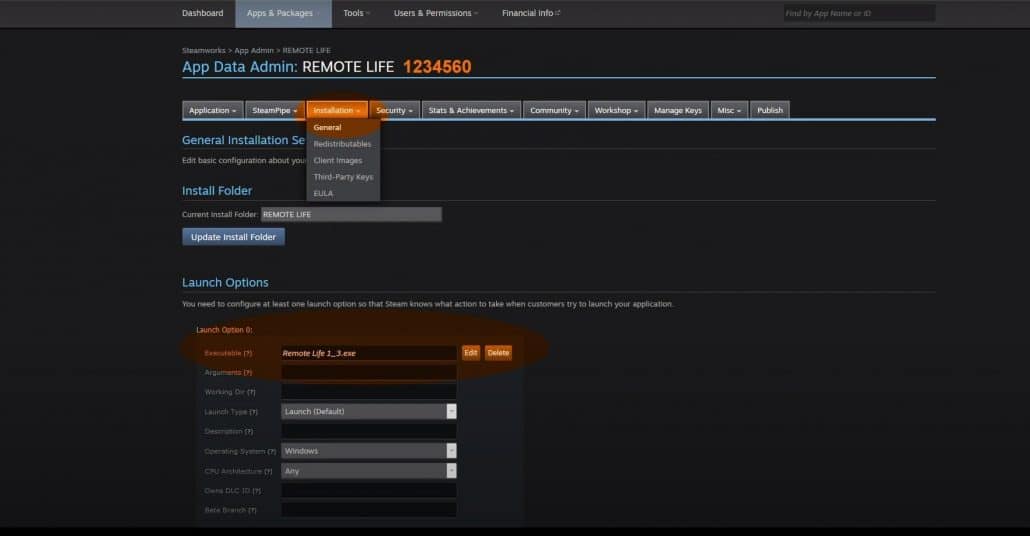
6. Creating the Store Page for Your Game
This is done through Steamworks by setting up game settings.
You need to prepare some attractive screenshots and a trailer before this step. There are a few simple rules about what screenshots/videos are acceptable. (for example, some should show the game’s UI)
This is not the same as the “publishing” store page, at this stage, only developers will be able to see the page and download the game. They will see it in their normal game library on Steam.
7. Publishing the Store Page
This is not the same as publishing the game, users can see the page but can’t download it yet. Before you can do this step, both your game data and store page has to be reviewed and confirmed by a Steam employee.
This review is just done one time when publishing the store page. With all the updates and changes that you make to the game later, they trust you that you will follow the same rules.
You should put a release date in the Steamworks setting. This will make your game appear on the “Upcoming” section of steam, and also on the “Popular” section if the game receives enough attention.
8. Generating and Distributing Steam Keys
There are 2 types of Steam keys: Review keys and Retail keys.
There are no limits to the number of generated keys. Users who are given Review keys can download and play the game before launch. You should give these to media influencers and famous reviewers.
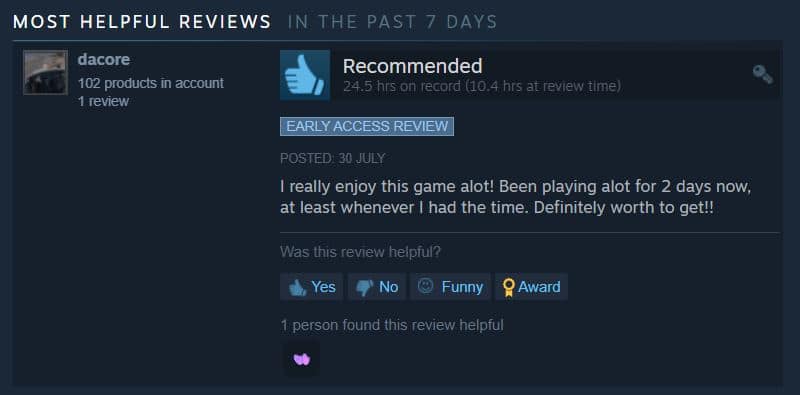
Retail keys can be sold anywhere you like. Your own website, any online retail store, directly, etc. Unlike selling the game in Steam, by selling the game this way you get 100% of the revenue. (Steam receives no cut)
9. Publishing the Game on Launch Date
Even if you set a launch date in Steamworks, the game won’t automatically unlock on that date, you still need to manually press publish in Steamworks. According to our research, It is better to have the Steam store page ready and published at least 3 months before.
10. Interacting with Steam Community
After publishing the game the steam community hub for your game becomes active.
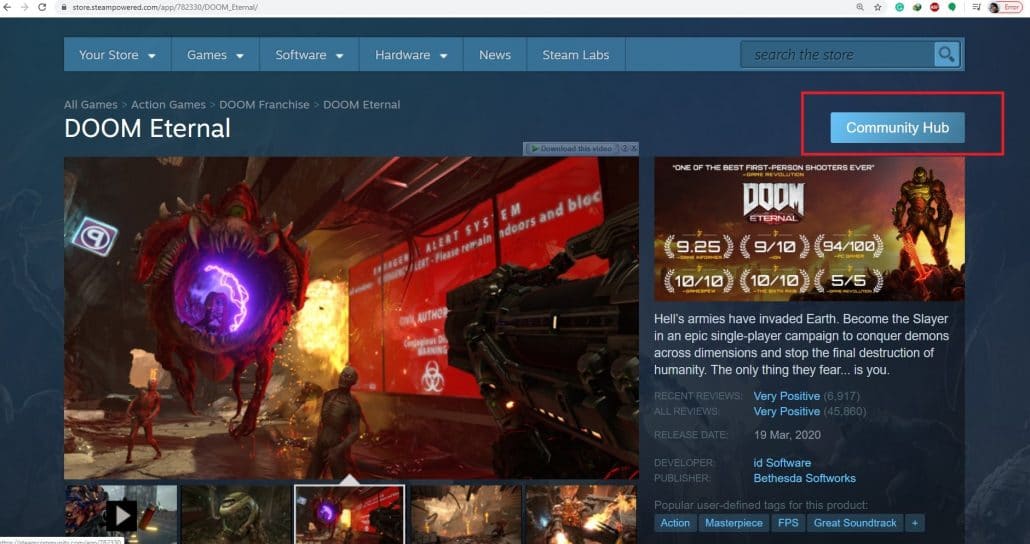
Many players and reviewers use the community hub to interact with developers. They report bugs, give comments, ask questions, etc.
Experience shows that developers with an active presence here get much better visibility and sale on Steam. It builds trust with the Steam community and Steam gives it a better score on its’ optimization algorithm.
Read More: How to Make Money With Your Game
11. Keep Monitoring Your Stats in Steamworks
Steam provides many useful stats to developers so they can make informed decisions about the continued development of the game. These include: Where is your traffic coming from, number of copies sold, click-through rate, conversion rate, etc.
You should definitely keep track of these stats continuously to plan for your marketing and future content releases.
References and Documentations For Further Read:
https://partner.steamgames.com/doc/sdk
https://developer.valvesoftware.com/wiki/SteamCMD
https://partner.steamgames.com/doc/sdk/uploading
https://developer.valvesoftware.com/wiki/SteamPipe
https://support.steampowered.com/kb_article.php?ref=7388-QPFN-2491





